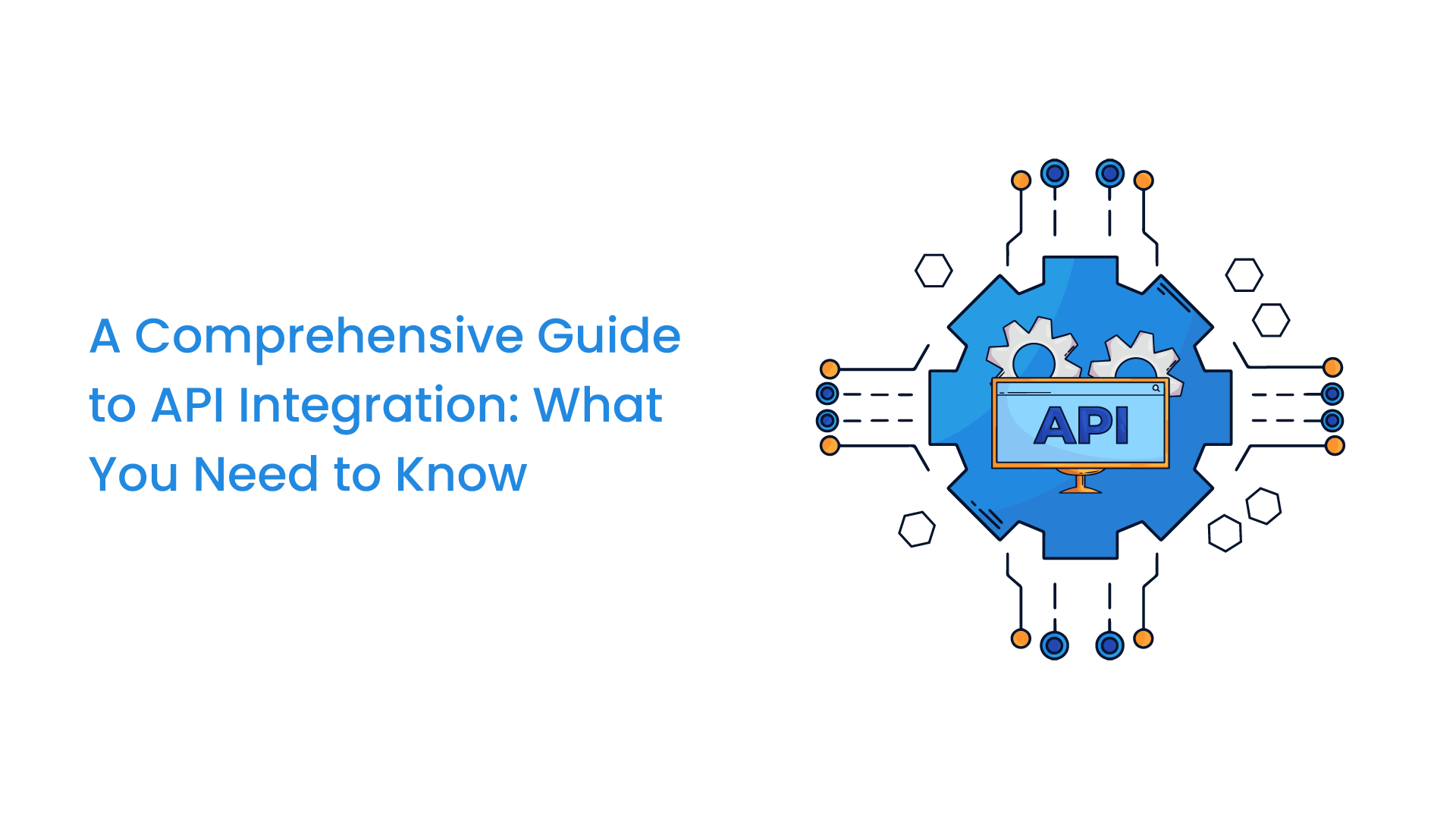In the context of modern corporate operations, the phrase “Application Programming Interface” or API refers to an innovative software solution that acts as the connective tissue that connects diverse systems. API integration has become a cornerstone for companies of all kinds, giving benefits ranging from tiny businesses to major corporations, due to its role in increasing production efficiency and enabling seamless communication.
Integrating API promotes collaboration across diverse systems, paving the path for a unified approach in which apps function as a synchronized whole, enhancing overall performance.
Deployment of an API platform appears to be a reasonable choice as businesses strive for greater agility and productivity in how they operate. This framework can improve the efficiency and productivity of corporate services.
The path toward effective API integration, on the other hand, necessitates a careful understanding of its complexities and components. When applications with disparate frameworks and interfaces are haphazardly assembled, component adaption might end in unanticipated holdups.
Because of the complexities of integrating API management, substantial research and collaboration are required. Decision-makers and management teams should actively involve IT departments and software developers.
Businesses may find the best solutions for their operational needs by looking into the subtleties of API types and capabilities jointly. This collaborative effort ensures that API integration does not become a fad, but rather a strategic move that catalyzes development, efficiency, and seamless communication throughout the organizational landscape.
Investigate
The process of integrating numerous software programs so that they may readily interchange data and functionality is known as API integration. APIs function as connectors, bridging the gap between programs and allowing for simple communication and interaction. This not only expedites development but also encourages modularity, scalability, and adaptability.
Relevance
Integrating API is of the utmost importance in today’s software creation processes as it delivers many major advantages such as:
Greater Effectiveness: By utilizing APIs, developers can take full advantage of already present operations, decreasing production time as well as limiting duplication of effort.
Cost and Money Efficient: By utilizing proven APIs, businesses may dramatically decrease expenditures on development and time, redistributing manpower to develop innovative approaches.
Smooth Customer Experience: APIs enable data exchange across apps, resulting in a seamless user experience where data moves effortlessly across systems.
Economic Agility: Integrating API allows firms to quickly adjust to shifting marketplace dynamics and developing technology while maintaining their fundamental operations.
Innovation Catalyst: APIs act as a technological accelerator by enabling programmers to incorporate features in novel and imaginative ways.
Cross-platform Compatibility: APIs enable programs to run across multiple operating systems and machines, leading to coherent interactions with users.
Limitations
Whereas API integration provides some advantages, it also has a few disadvantages that must be taken into account:
Data inconsistency: Integrating data from numerous sources can result in disparities. To provide accurate information transmission, accurate data mapping and transformation processes are required.
Security Concerns: Linking external APIs may result in safety issues. Employ solid authorization mechanisms and keep sensitive information hidden.
Dependency Threats: Depending heavily on external APIs could subject your application to risks such as API provider outages or service modifications.
Complicated Integration: Connecting many APIs may result in lengthy operations. Adequate debugging and testing are necessary to ensure uninterrupted operation.
Productivity Improvement: The emergence of APIs could influence efficiency because of the time frame. Use techniques such as quick API calls, data caching, and response optimization.
Stages for API Integration Achievement
Describe Integration Goals: Precisely identify the integration’s goals, including any functions or information that will be merged.
Find Appropriate APIs: Conduct analysis and choose APIs that are compatible according to your connectivity aims. Consider documentation effectiveness, support from the community, and scalability.
Examine the API documentation: Carefully discover how to use outcomes, query techniques, validation procedures, answer formats, and bandwidth limits.
Verification and protection: Deploy safe authentication techniques or API keys to guarantee permitted access as well as information protection.
Error Handling Strategies: Build robust error-handling methods to manage scenarios where API calls falter or unusual replies emerge.
Thorough Testing: Put integrations of API through extensive testing in a variety of situations, involving both traditional and unconventional circumstances.
Versions Management: Using a version management system, you can stay up to speed on API updates and versions. Use version management to ensure that your product is always up latest with the most recent API upgrades.
Performance Optimization: Increase the efficiency of API calls by adopting methods such as data caching, batching queries, and reducing unnecessary data transfers.
The Conclusion
API integration is a critical component of contemporary software development since it allows programs to speak with other programs, information to circulate freely, and creativity to flourish. Developers and business owners may capitalize on the promise of API integration by recognizing the value it brings, recognizing its obstacles, and using practical implementation practices.
As technology evolves, understanding integrating API will be critical for improving efficiency, variety, and competitiveness. This class will walk you through the world of APIs allowing you to build robust software environments that benefit customers as well as companies.
